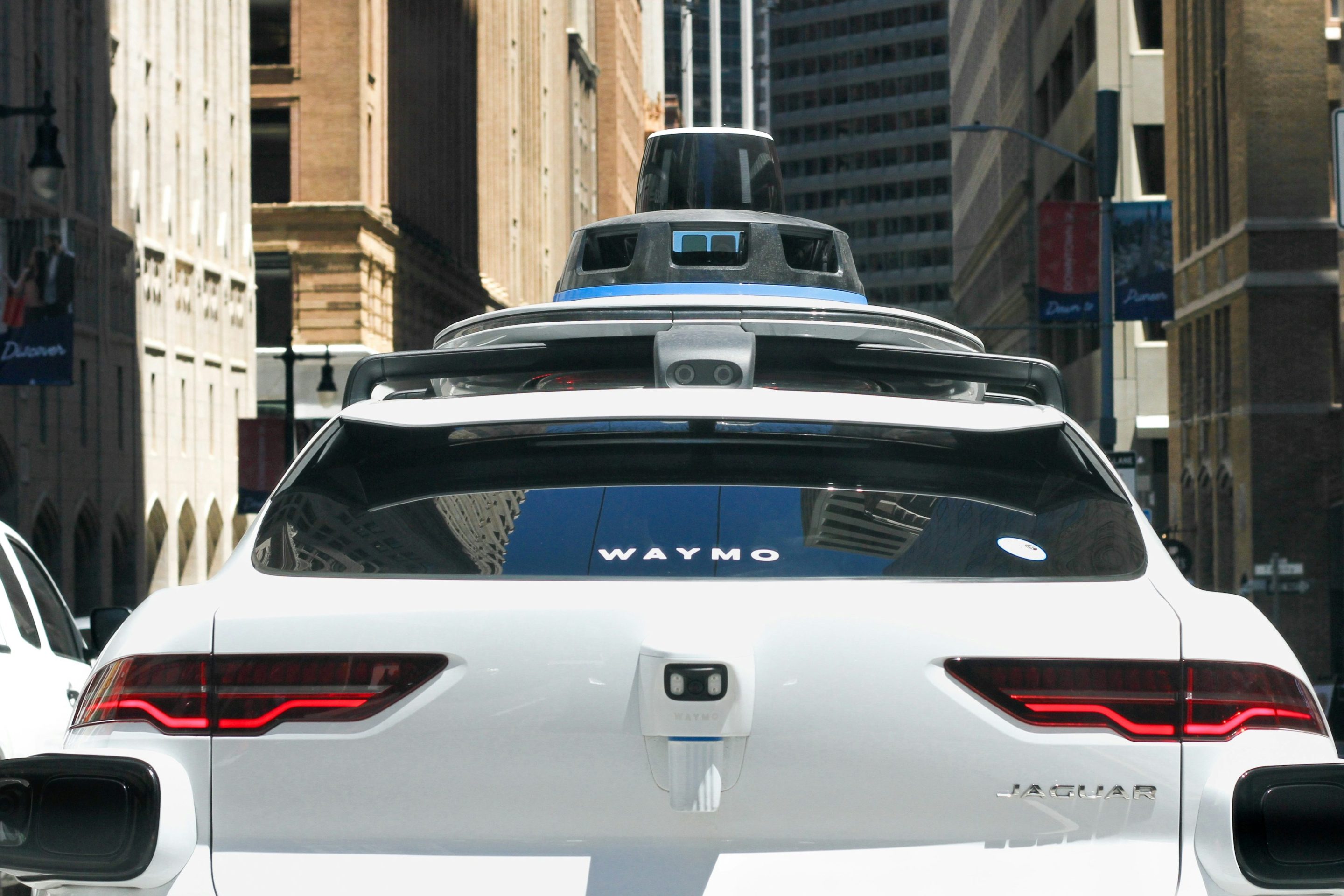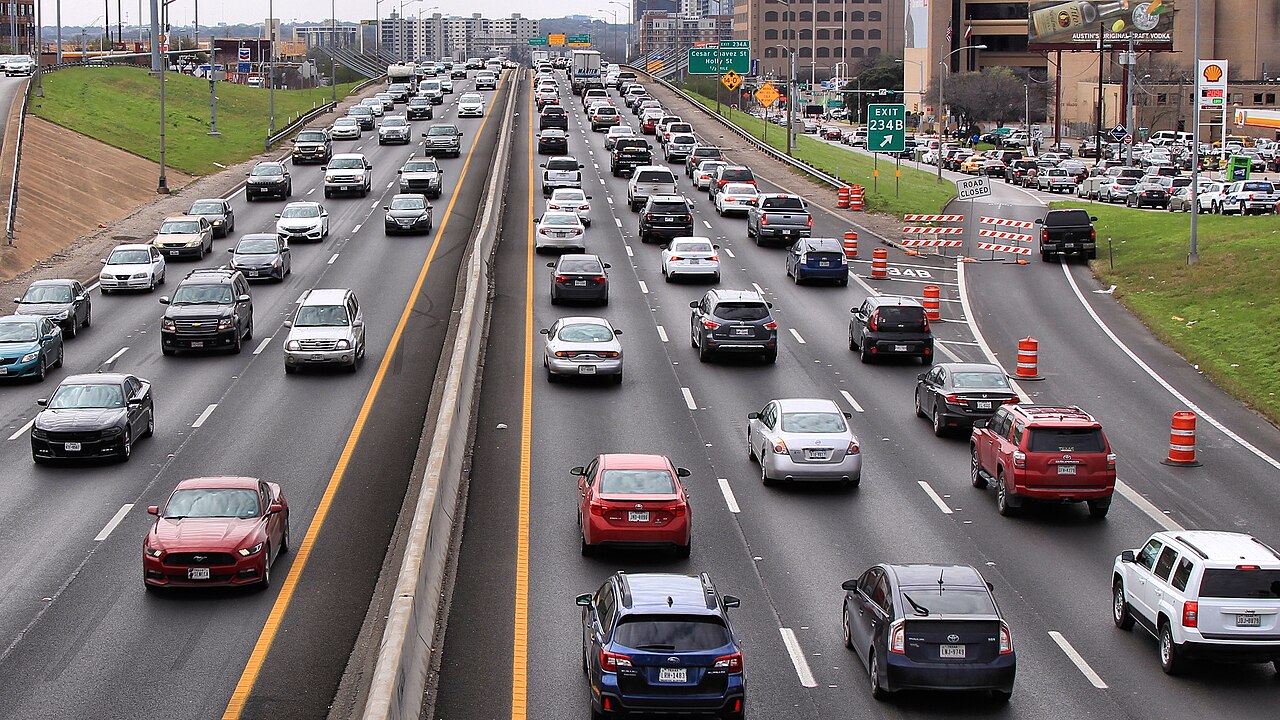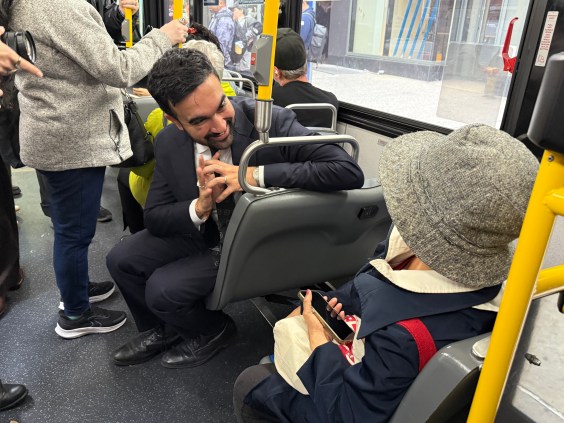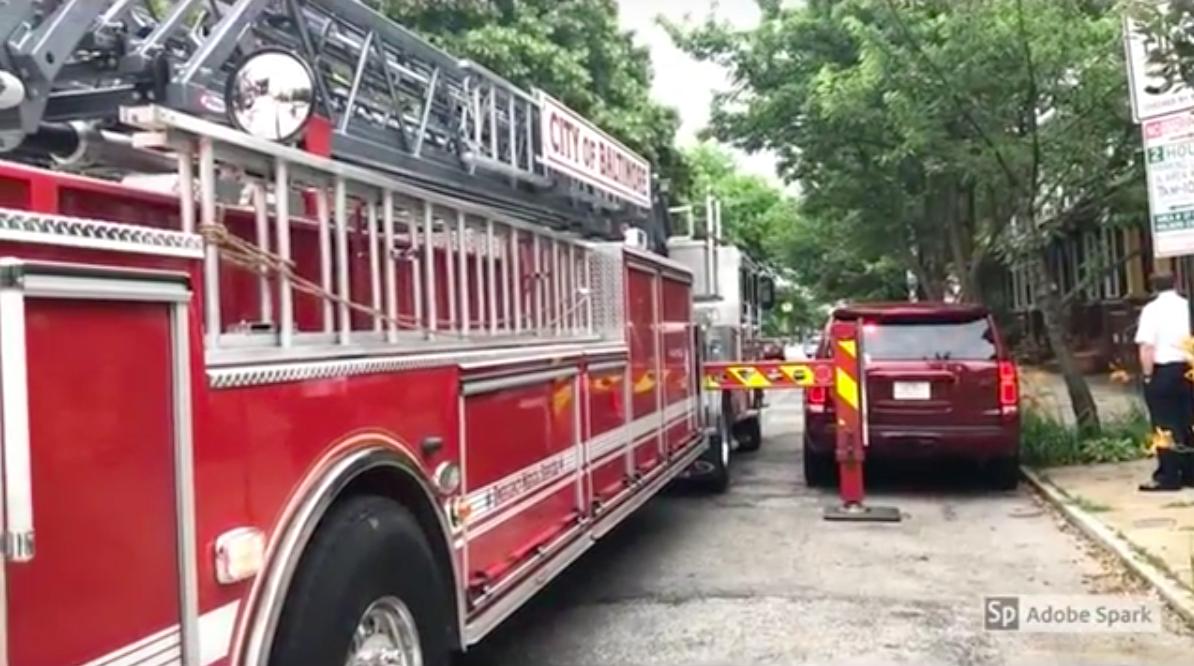It has a nice ring to it: using oil and gas revenue to shift transportation off oil and gas dependence. President Obama announced a plan to do just that on Friday -- but the details of his plan are disappointing if you want to see the conversation on clean transportation go beyond cars.
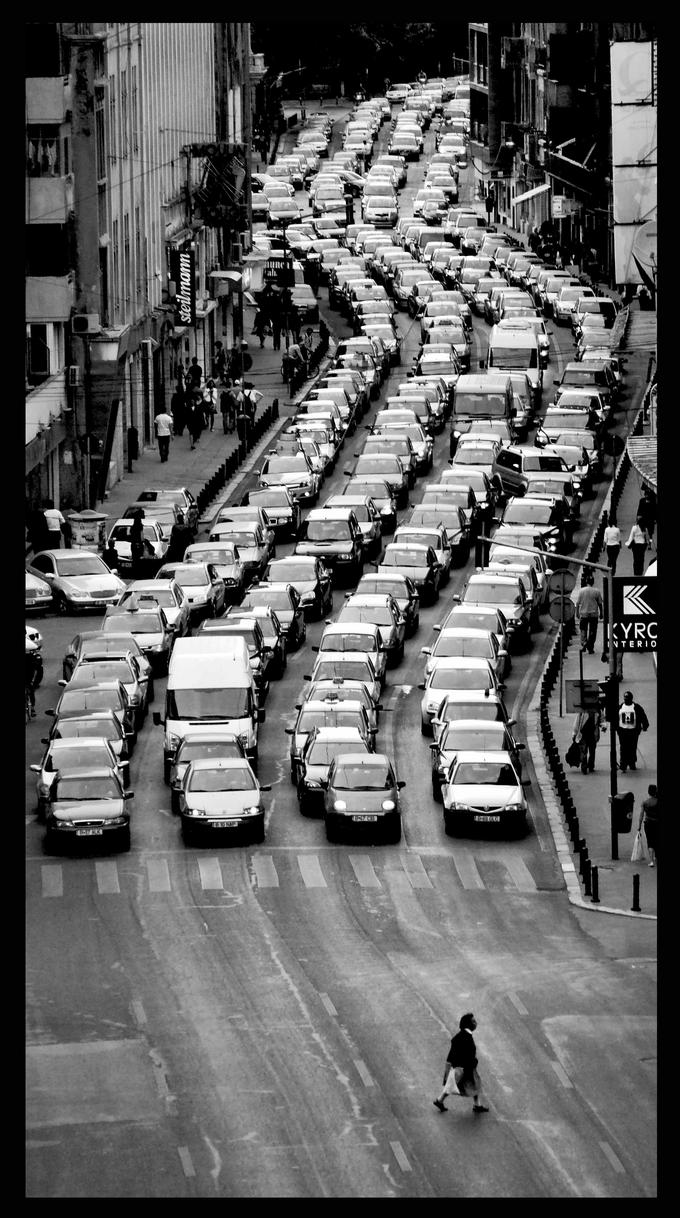
The Energy Security Trust would be funded with $2 billion in oil and gas revenues, in what the Washington Post called a “jujitsu” move – using oil and gas money to hasten the elimination of oil and gas as a transportation fuel.
This handy infographic from the Energy Department about what the money will fund shows just how narrowly defined the trust is. Light fuel tanks for natural gas, advanced vehicle batteries, cleaner biofuels, hydrogen fuel-cell technology. But as David Burwell of the Carnegie Endowment’s Climate Program notes, “it has the distinct sound -- to use a Zen Buddhist metaphor -- of one hand clapping.”
“Certainly, electric vehicles and advanced biofuels are a key tool in drastically reducing the 70 percent of total U.S. oil consumption devoted to transportation,” Burwell said. “However, it misses at least two additional key elements of any oil-back-out scheme -- (1) more trip choices and (2) reducing the need to travel.”
Obama has shown an impressive resolve to reduce vehicle emissions but not much desire to reduce vehicle trips. While his transportation budgets have enabled some progress on rail and transit, and his infrastructure initiatives focus on maintenance instead of road expansion, his signature program – the increase in CAFE standards to 54.5 miles per gallon by 2025 – would do nothing to reduce traffic, create more transportation choices, or encourage walkable development.
The trust’s goal of “shifting America’s cars and trucks off oil entirely” sounds radical enough, but the plan is actually modeled off of Republican Senator Lisa Murkowski’s energy plan, unveiled last month. Among other provisions to weaken environmental regulations and increase the use of coal and nuclear power, the Alaska senator proposes creating an “Advanced Energy Trust Fund” to use oil and gas revenues to fund renewable energy and fuel-efficient vehicles. Her plan would drill in the Arctic National Wildlife Refuge and the Outer Continental Shelf for that.
Obama’s Trust Fund idea, which he first pitched in his State of the Union address, is funded with revenues from rising domestic energy production. He doesn’t mention any new drilling to fund the program. Still, some speculate that he may be trying to model his plan after Murkowski's to curry her favor. As the ranking Republican on the Senate Energy and Natural Resources Committee, Murkowski would be a good ally to have.
As people in the transportation industry know, having your money in a trust fund insulates you from the vagaries of the Congressional appropriations cycle. And as a White House aide told the Washington Post, it will provide “a reliable stream of funding for critical breakthrough research” in the transportation sector. A reliable stream of funding for initiatives to take cars off the road and replace them with more efficient modes – rather than just making the automobile-choked morning rush hour on the highway a little less toxic – would also be welcome.
